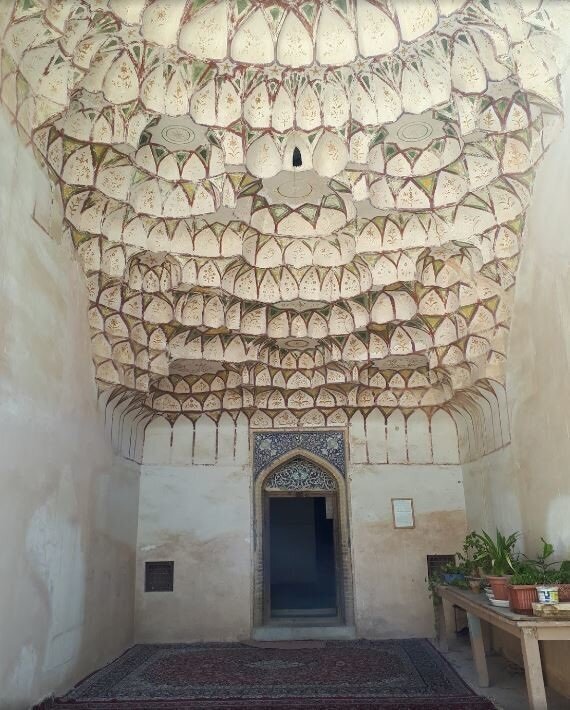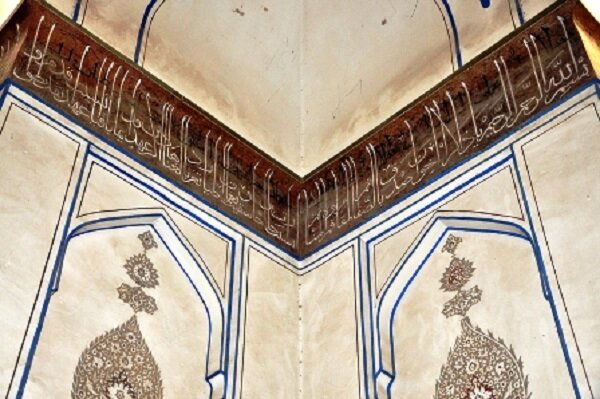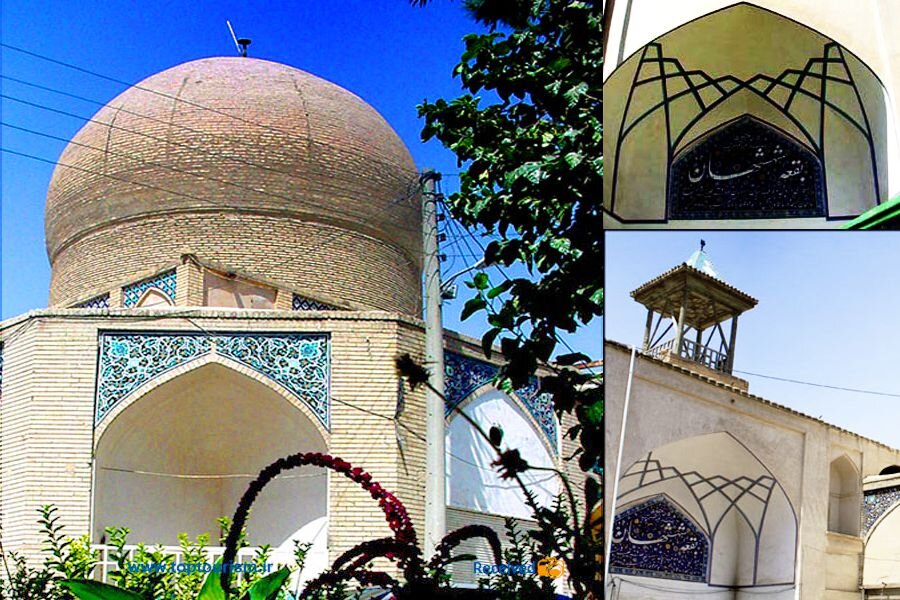Iran (IMNA) - Located on Ibn Sina Street, the memorial tomb belongs to the Timurid era. Earning the sobriquet “Shahshahan” or “Shah Shahan”, Shah Aladdin Mohammad was the head of Shahshahani dynasty whose linage was traced back to Imam Ali (PBUH).
Shahshahan Mausoleum lies in Shahshahan quarter in the north of Isfahan, beside the Great Mosque (or Masjid-e Jameh) of Isfahan.

The initial construction of this tomb dates back to the Timurid period; however, it was built during the Reign of Sultan Muhammad bin Baysonqor, the grandson of the Timur Gurkani.
Internal and external parts of the mausoleum is decorated by plasterworks and tiling art. On the eastern wall of the mausoleum, there are poems written in Nastaliq script in white color.
The main inscription in the tomb was written by Mahmoud Naghash, a famous calligrapher of the ninth century (AH) whose artworks in the mausoleum describe the event of the martyrdom of Shah Alaeddin.

The inside of the tomb is embellished with plaster works. As inscribed on a mosaic tile dating back to 1013, this construction was rebuilt in the early 11th century.
The upper part of the tomb entrance, in the western porch, is adorned with mosaic tile masterpieces belonging to ninth century (Lunar calendar).
Shahshahan Mausoleum was inscribed on the National Heritage List on February 21, 1949 with the number 368.



Your Comment